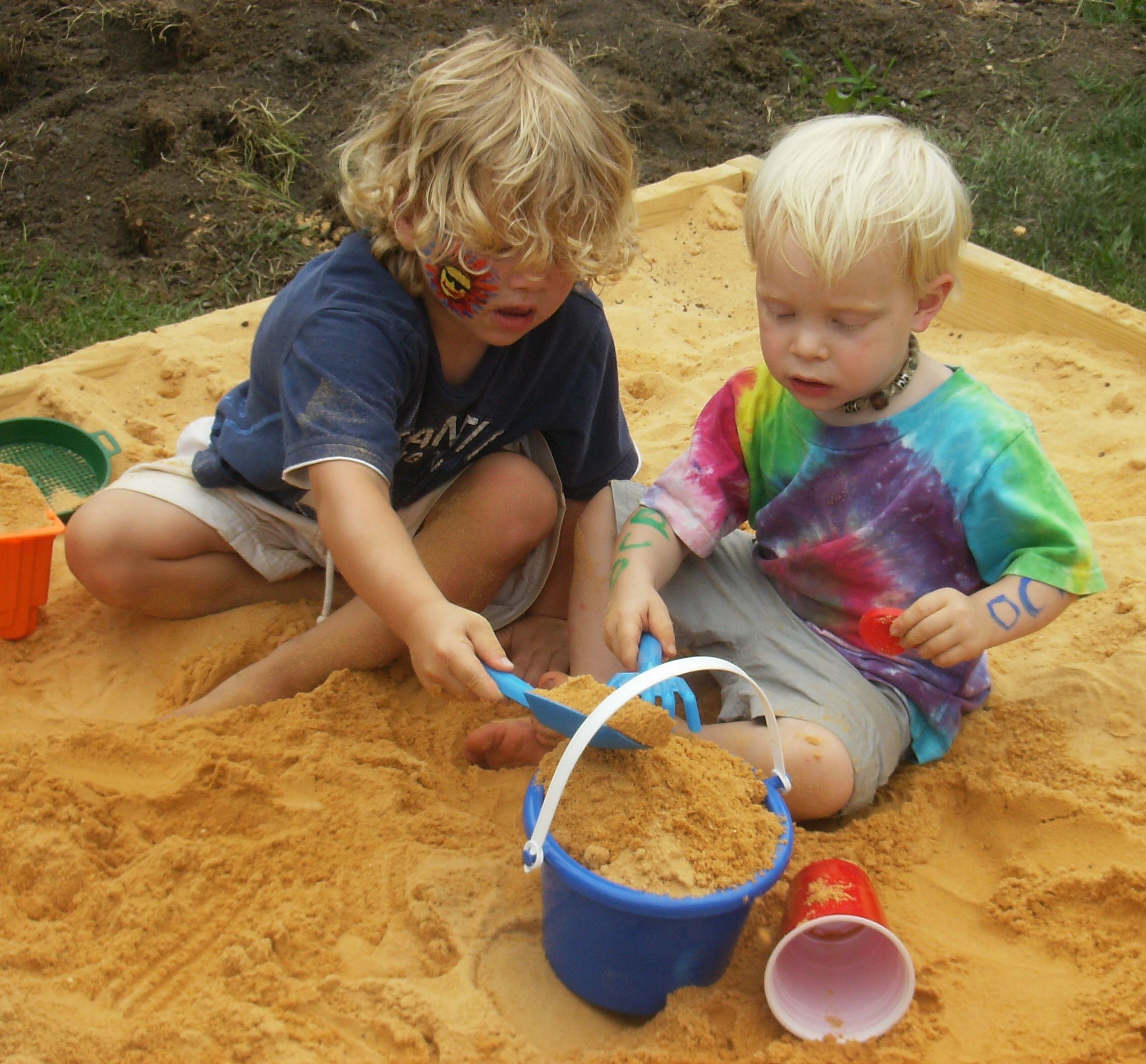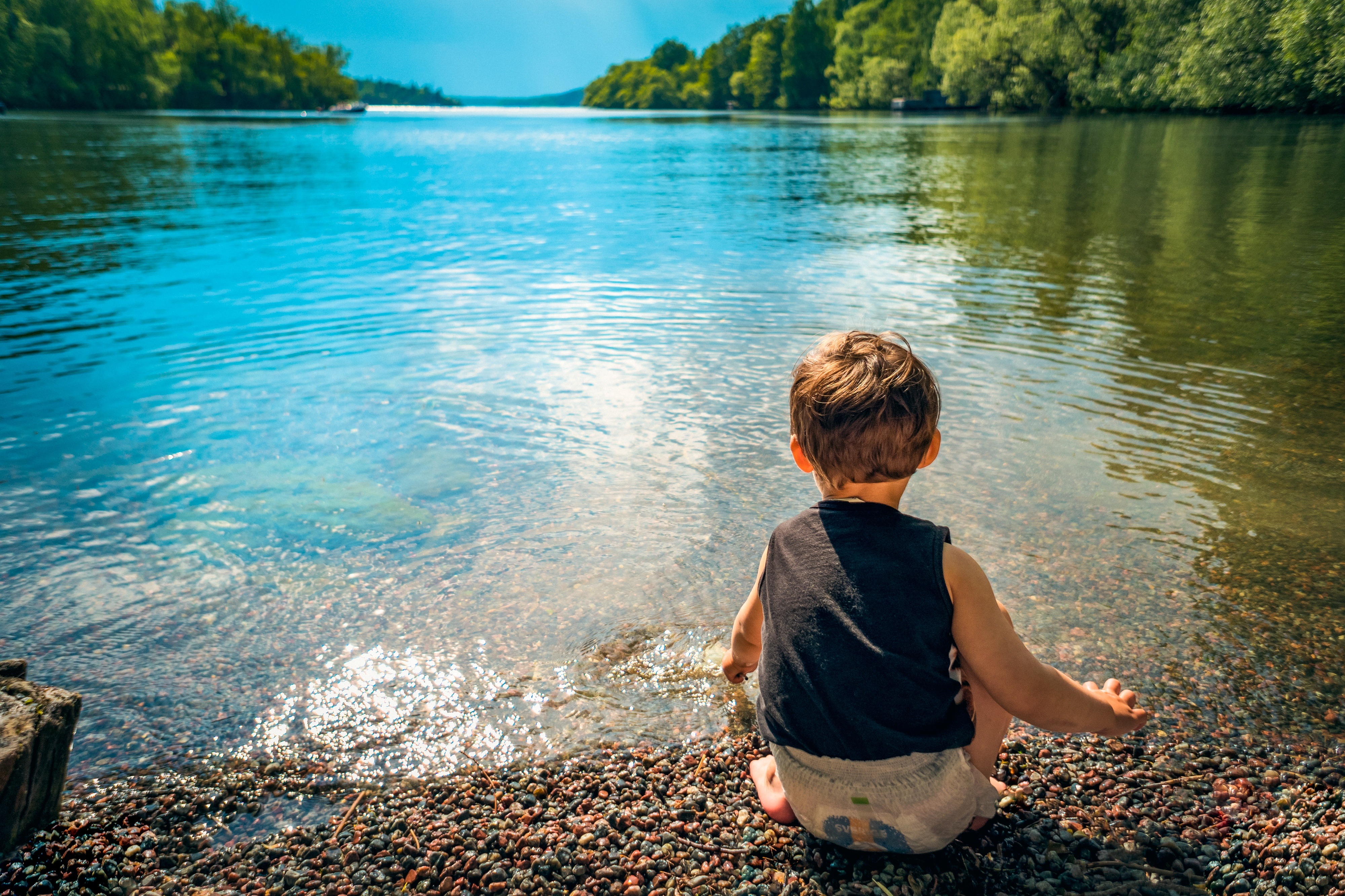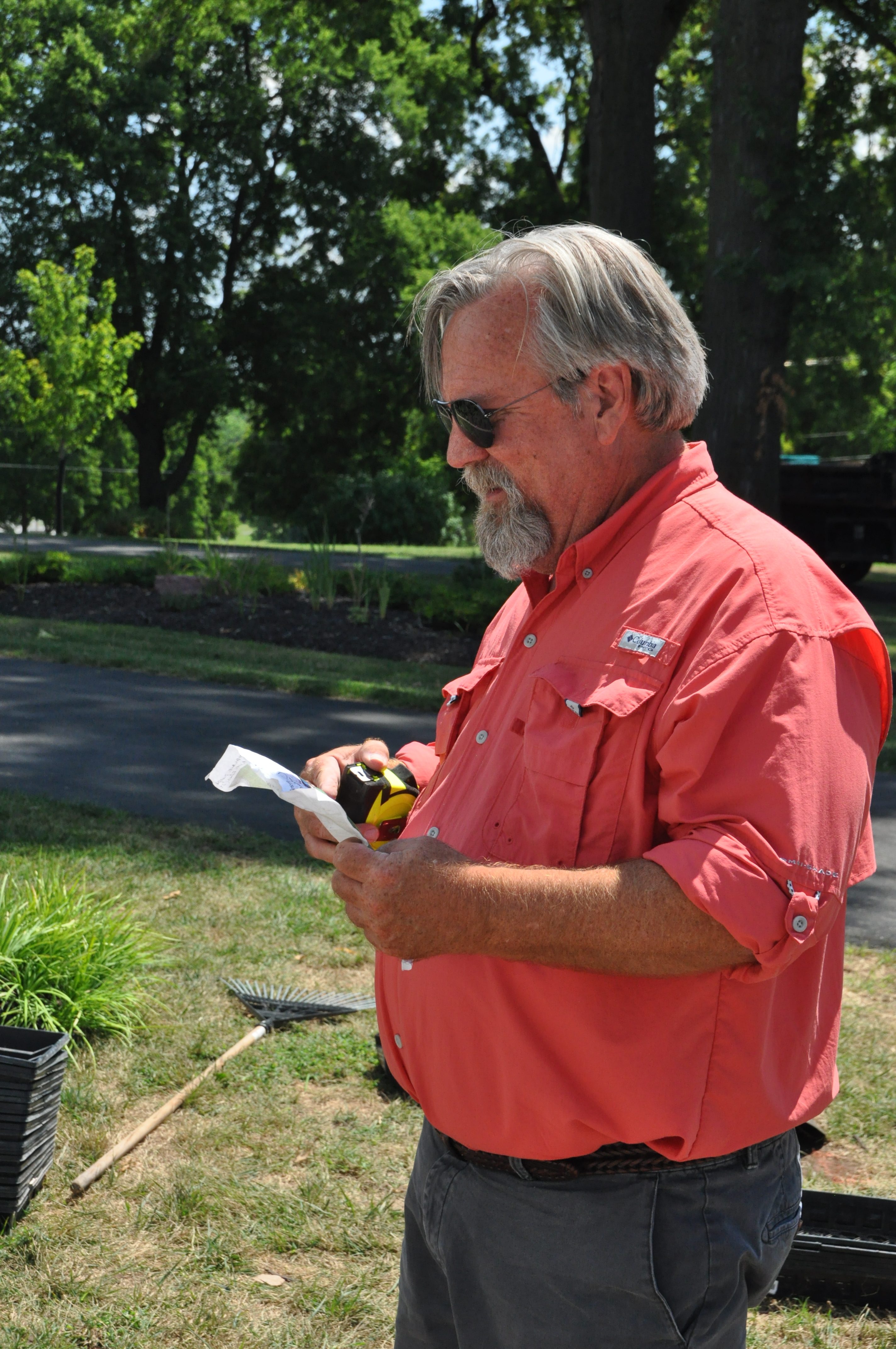I found myself muttering under my breath the other day because it was time to take the kids outside to play. I knew that in order to go out, I had to chase down three pairs of socks and three pairs of shoes and three coats and three hats and as soon as we got out one of them would need a drink or a clean diaper and we would all turn around and traipse back inside. It just didn’t seem worth the effort; at that moment all I really wanted to do was to stick them in front of the tv.

Fortunately my good sense — or at least my guilt — overcame my frustration and we did venture outdoors. I won’t pretend it was any different than usual —we were back inside for snacks and drinks within 15 minutes — but for those few minutes my three darlings were running, jumping, climbing and digging in the dirt. There was no whining and no fighting; their minds and their bodies were focused and engaged in the moment. It was a joy to watch and more than worth the effort it took to get all three toddlers ready. More importantly, once their tummies were full, they demanded to go right back outside to play some more.

The backyard of this house is tiny and much of the space seems to be devoted to my adult interests. I have a stream, a pond, beds of flowers and vegetables and a huge deck to sit on and enjoy it all. There are no broad expanses of lawn and no mass-produced play equipment. On the surface it sounds like an anti-child yard with no place to play, but a closer inspection proves otherwise.

Since the evolution of the suburban lifestyle after WWII, many Americans have tended to consider their yards adult oriented showplaces. Only recently has the yard as outdoor living space for the entire family become a popular trend. That shift in attitude has given rise to designs that incorporate nature as playspaces designed to attract children and adults alike.

The National Wildlife Federation and North Carolina State University’s College of Design have joined together in a project called the Nature Play Space Design Project “dedicated to creating tools and resources that restore nature to children’s everyday outdoor play and learning environments.” Both of these entities not only recognize the physical and mental benefits of an outdoor lifestyle for everyone, but also understand that the “nature habit” is best instilled early. (For a discussion of the benefits of nature spaces, see our previous blogs: Rest, Relax and Rejuvenate — In Nature ;The Relationship Between Children’s Health and Time in Nature; The Relationship Between Children’s Health and Time in Nature – Part 2; Nature Spaces — A Place to Play)They have developed excellent several guides for creating nature play spaces both at home and in public spaces such as childcare centers, schools and parks. Having incorporated many of their ideas in my own landscaping, I highly recommend these online guides.

Since fall is often a prime landscaping season, it’s also a great time to consider adding some of these nature space elements to your yard. Most are simple, inexpensive additions to the existing landscape, easily completed as a DIY weekend project. A few are more complex and may require professional guidance to integrate them into the current design. Professional designers, like those as Embassy Landscape Group, know how to seamlessly blend in new elements with those you already have and love.

SIX BACKYARD NATURE SPACES
- RAISED BEDS — Raised beds are not just for growing flowers and vegetables. They are also for growing imaginations! Build a child-sized box, fill it with dirt or sand or gravel and let children freely build roads and dig tunnels in them. Attaching a board across the top of the box gives a bridge to cross.

- SHALLOW PONDS AND WATERWAYS — There is nothing more exciting than discovering a frog living in the pond, feeding the fish or sailing a makeshift vessel through the open seas. Adding a pond or stream gives a great opportunity to start teaching water safety too.

- SECRET SPACES — Sometimes you just need a thinking spot. Child-sized hiding places encourage daydreaming while comfortable, shaded spots are great places to sit and read favorite books. Mature weeping willow trees form natural hideouts. In large area plant a group of white pines to have a deep, dark forest to explore. In smaller areas, use groves of serviceberry or tiger eye sumac.

- CLIMBING, JUMPING AND BALANCING STATIONS — Instead of a jungle gym, why not have a log to climb? That same log can be a horse to ride or a circus tightrope to walk. Tree stumps become mountains to conquer and jumping on slices of tree trunks — called tree cookies — keep you safe from the alligators snapping at you.

- PRETENDING STAGES — What an adult sees as a deck or a gazebo, a child sees as a stage on which to perform or a clubhouse in which to gather. Let them have their very own space to furnish and it will become a rocket ship to visit other planets or a restaurant in which to serve you lunch.

- BIRD, BUTTERFLY AND POLLINATOR GARDENS — Feeling the wisp of butterfly wings as it lands on your arm is a delight a child will never forget. Planting a sunny but sheltered spot with native plants that feed local birds, bees, butterflies and insects turns your yard into their personal wildlife preserve.

Today’s kids spend countless hours in front of screens, especially smartphone, computer and tablet screens. In fact, the newest statistics published by the NEJM Journal Watch Pediatric and Adolescent Medicine show “U.S. children aged 8 – 18 spend, on average, over 7 hours each day in front of screens for recreational purposes.” Conversely, on average, our children spend less than 20 minutes a day in unstructured outdoor play.

Childhood obesity levels are rising, as are levels of diabetes and heart disease. Diagnosis of anxiety and depression in children is more common today. Pediatricians report seeing more cases of Vitamin D deficiencies and nearsightedness in children. All of these problems can be tied to an indoor, sedentary lifestyle.

Unfettered access to electronic devices tend to encourage this unhealthy lifestyle. Statistics gathered by Media and Advertising state that, on average, over 40% of U.S. children own their own smartphones, 22% their own tablets and 21% their own computers and have 24/7 access to these devices. Realistically, smartphones, computers and other electronics are not going to magically disappear from our culture. Instead, we need to learn how to teach our children a more balanced approach for life. One solution is for parents and other caregivers to not only provide alluring outdoor alternatives to the children in their care, but to also enjoy them together. Adding nature play spaces to your home can be just the beginning you need.

